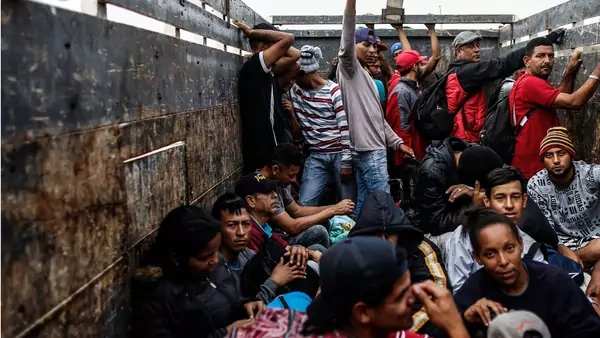Preventive Priorities Survey: 2019

U.S. foreign policy experts assess the likelihood and impact of thirty potential crises or conflicts around the world in the coming year in CFR’s annual survey.
December 17, 2018

- Report
Each year since 2008, the Council on Foreign Relations’ Center for Preventive Action (CPA) has asked foreign policy experts to rank thirty ongoing or potential conflicts based on their likelihood of occurring or escalating in the next year and their potential impact on U.S. national interests.
“The annual Preventive Priorities Survey is unique in providing a regular, forward-looking assessment of conflict and instability around the world in a way that helps policymakers focus attention on the most important risks,” explains Paul B. Stares, General John W. Vessey senior fellow for conflict prevention and CPA director.
More on:
The eleventh annual Preventive Priorities Survey identified nine top conflict prevention priorities for the United States in the year ahead:
- A highly disruptive cyberattack on U.S. critical infrastructure and networks
- Renewed tensions on the Korean Peninsula following a collapse of the denuclearization negotiations
- An armed confrontation between Iran and the United States or one of its allies over Iran’s involvement in regional conflicts and support of militant proxy groups
- An armed confrontation over disputed maritime areas in the South China Sea between China and one or more Southeast Asian claimants (Brunei, Malaysia, Philippines, Taiwan, and Vietnam)
- A mass casualty terrorist attack on the U.S. homeland or a treaty ally by either (a) foreign or homegrown terrorist(s)
- Continued violent reimposition of government control in Syria leading to further civilian casualties and heightened tensions among external parties to the conflict
- Deepening economic crisis and political instability in Venezuela leading to violent civil unrest and increased refugee outflows
- Worsening of the humanitarian crisis in Yemen, exacerbated by ongoing foreign intervention in the civil war
- Increased violence and instability in Afghanistan resulting from the Taliban insurgency and potential government collapse
Some interesting takeaways were evident in this year’s survey results. For one, threats to the U.S. homeland, including cyberattacks and terrorist attacks, have consistently been ranked as top-tier concerns. Secondly, despite experts’ and policymakers’ growing apprehension over the potential for conflict between the United States and China, only one contingency involving China—an armed confrontation in the South China Sea—was considered a Tier I priority. However, for the first time, a U.S.-China crisis over Taiwan was included in the survey, though it ranked as a Tier II concern.
Another notable result was that survey responses indicate diminished concern over the outlook for South Asia. Except for the prospect of increased violence and instability in Afghanistan, crises in South Asia were ranked as Tier III concerns. In addition, potential political instability in Pakistan—a persistent concern in previous years—was not identified as a significant risk and thus not included in this year’s survey.
Finally, for the first time since the survey began, three contingencies in Latin America were assessed: an intensification of organized crime–related violence in Mexico, political violence and instability in Nicaragua worsening the migration crisis in Central America, and deepening economic crisis and political instability in Venezuela—which was ranked as a top tier concern.
More on:
View the full results here [PDF]. Prior surveys and associated events can be found at www.cfr.org/pps.
CPA’s Global Conflict Tracker also plots ongoing conflicts on an interactive map paired with background information, CFR analysis, and news updates.
The Preventive Priorities Survey was made possible by a generous grant from Carnegie Corporation of New York. The statements made and views expressed are solely the responsibility of the Center for Preventive Action.
 Online Store
Online Store